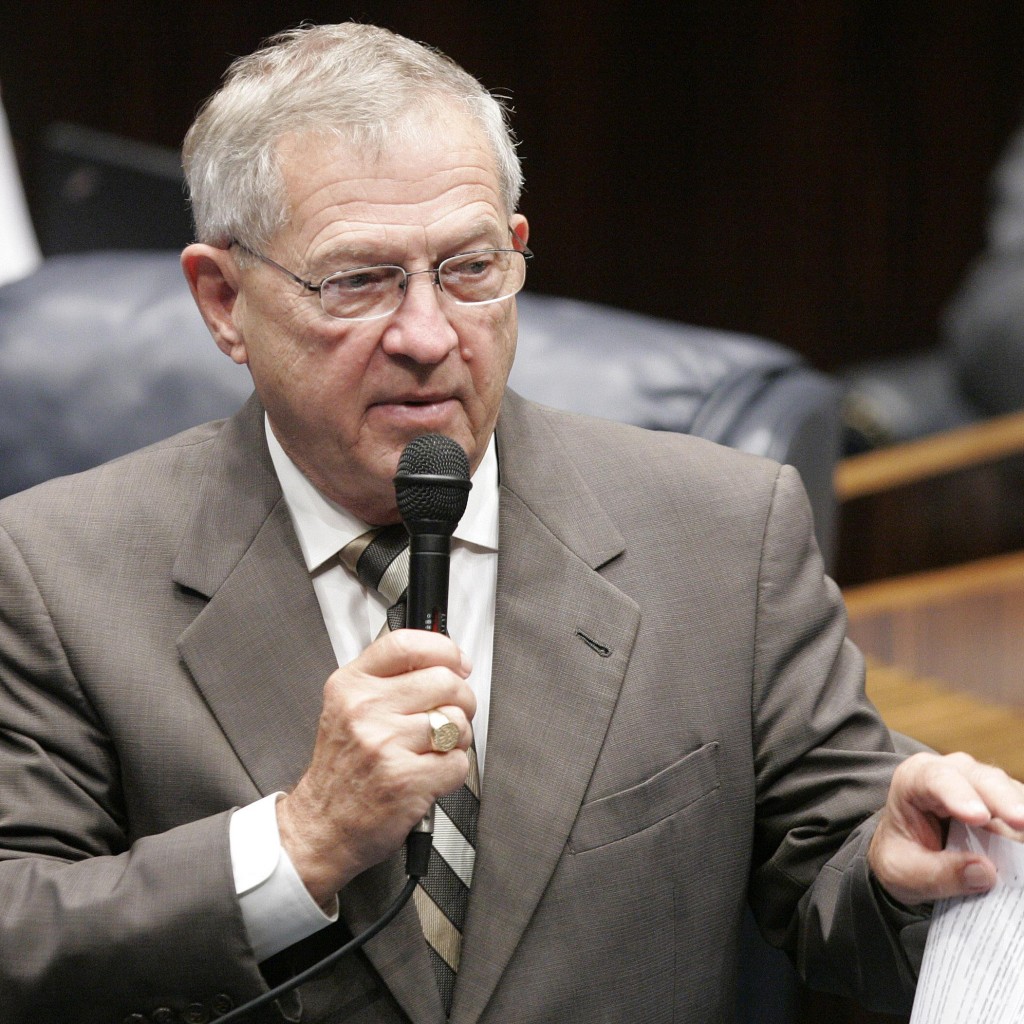
If you don’t have health insurance, try not to sick — for at least three to five more years.
This week, State Sen. Don Gaetz said expanding health-care coverage for the uninsured is DOA for three to five years.
So cross your fingers and wash your hands. A lot.
The safety net under the uninsured in Pensacola is knit together in large part by volunteers with good hearts on shoestring budgets.
Gaetz’s words may be good news for the business models of places like Health & Hope Clinic, but it sure doesn’t bode well for the 48,280 Escambia County residents who don’t have insurance, according to U.S. Census data.
“It pleads our case,” says Nicole Partridge, executive director of Health & Hope since October. The state “not funding expanding Medicaid is good for the business of free and charitable clinics because it means there will be a niche in the market for us to serve, but it’s not good in a bigger picture of community health.”
Community health in the Pensacola metro area is a struggle. Some 60 percent of residents in Escambia and Santa Rosa counties are overweight or obese.
It’s a sad truth that affects the quality of life for the people who are at elevated risk for the litany of health problems that carrying extra weight leads to, diminishing their productivity and shortening their lives.
It also costs the economy of this area $600 million a year, according to estimates from the Partnership for a Healthy Community.
Health & Hope’s client base, Partridge says, are folks “in chronic disease state,” with high blood pressure, diabetes, chronic respiratory problems. “They don’t have access to primary care anywhere else.”
One reality is that people without insurance often end up using the emergency rooms of hospitals as their family doctor, a practice that drives up costs for everyone.
It’s a more expensive place to seek care in large part because people wait to treat something that could have been handled faster and less expensively by a primary care doctor.
Health & Hope and the St. Joseph’s Clinic are the primary places for people with no insurance to get free care in Escambia County.
Escambia Community Clinics sees Medicaid, Medicare patients as well as folks without any insurance.
“We try to buffer them by taking some of the uninsured visits off of them,” Partridge said.
Escambia Community Clinics asked Escambia County Commissioners for $525,000 for 2016; the county gave them $431,880.
Chandra Smiley, director of the clinics, said last year that the clinics had 89,000 outpatient visits last fiscal year.
Census data shows 18 percent of Escambia residents — 51,140 people — are enrolled in Medicaid, state-funded coverage for poor people. Medicare, which covers senior citizens, accounts for 51,720 people.
Health & Hope began in 2003 as an outreach effort of the Pensacola Bay Baptist Association. The medical staff is volunteer.
Their 2016 budget is $308,000, down from $380,000 in 2015. The decrease comes from the closure of the Health & Hope clinic in Century last fall.
But while the market for their services seems sure to remain healthy, clinics like Health & Hope are not without their own Tallahassee-fueled challenges.
Last year Gov. Rick Scott vetoed $9.5 million in state funding for the Gov. Rick Scott, which Health & Hope relies on for money.
In 2014 the association gave Health and Hope $50,000. They had asked for $75,000 for 2015.
Partridge will join other charity-care advocates in Tallahassee in February to plead for money.
Here’s hoping they get there more than a wing and a prayer.
***
Shannon Nickinson is a fellow at the Studer Community Institute, a Pensacola nonprofit dedicated to using journalistic strategies to improve the quality of life in the community, and is editor of www.studeri.org. Follow her on Twitter @snickinson. Column courtesy of Context Florida.



